News

Keith McBride awarded the University of Chicago’s Grainger Postdoctoral Fellowship
Congratulations to postdoc and former OSU grad student Keith McBride who has been awarded the University of Chicago’s Grainger Postdoctoral Fellowship, one of the premier physics fellowships…
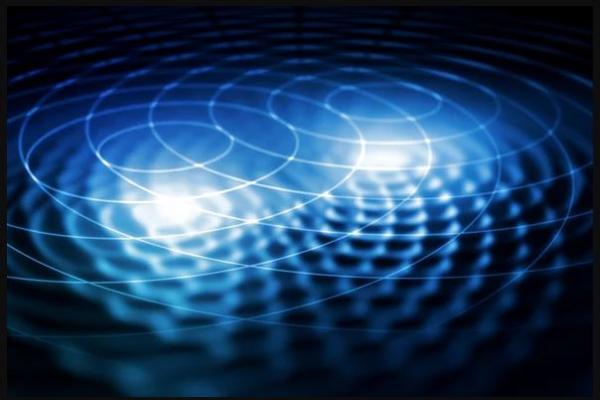
Scientists See Quantum Interference between Different Kinds of Particles for First Time
For the first time, scientists have observed quantum interference—a wavelike interaction between particles related to the weird quantum phenomenon of entanglement—occurring between two…
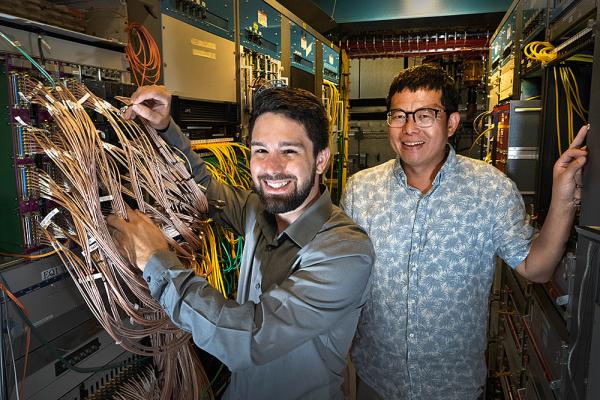
New Type of Entanglement Lets Scientists 'See' Inside Nuclei
First-ever observation of quantum interference between dissimilar particles offers new approach for mapping distribution of gluons in atomic nuclei—and potentially moreNuclear physicists have…
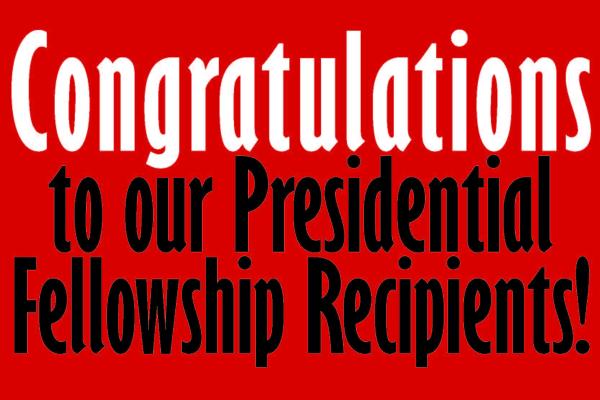
2022-2023 Presidential Fellowship Recipients Announced
The Presidential Fellowship is the most prestigious award given by the Graduate School to recognize the outstanding scholarly accomplishments and potential of graduate students entering the final…
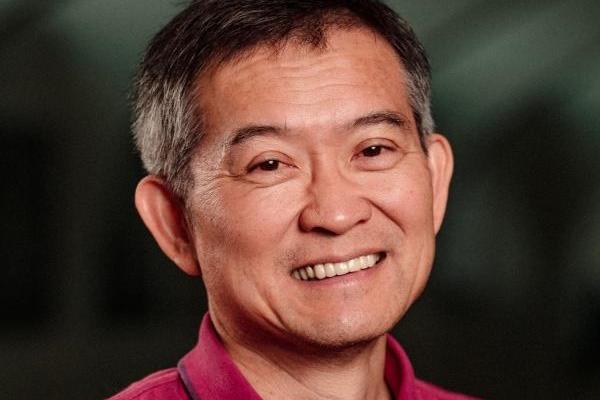
Prof. K.K. Gan elected to be the Chair of the Institute Board of the Pixel detector of the ATLAS experiment
Professor K.K. Gan of the Department of Physics has been elected to be the Chair of the Institute Board of the Pixel detector of the ATLAS experiment. The experiment was designed to study proton-…
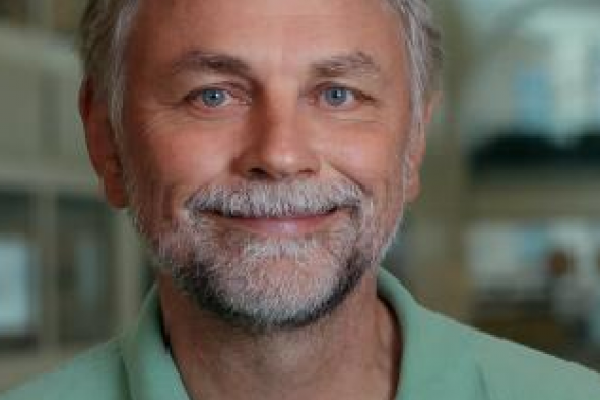
After fire and monsoons, DESI resumes cataloguing the cosmos
A recent article in Symmetry Magazine (a joint Fermilab/SLAC publication) featured a story that Prof. Klaus Honscheid has been involved with: On June 11, lightning struck a remote ridge in…
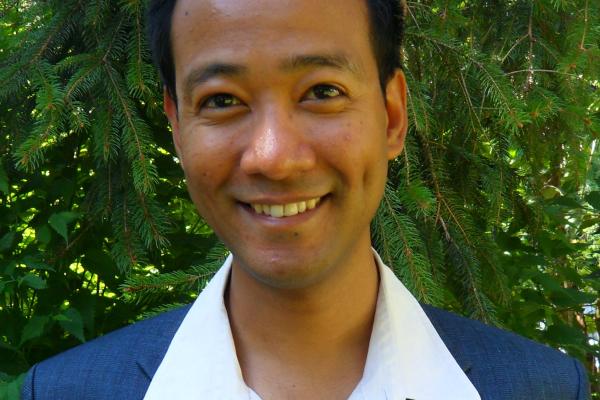
Symmetry Magazine discusses HEP research in small colleges through affiliation with big universities
Symmetry Magazine (a joint FermiLab/SLAC publication) recently wrote about HEP research in small colleges through affiliation with big universities. Washington College and OSU are mentioned in…
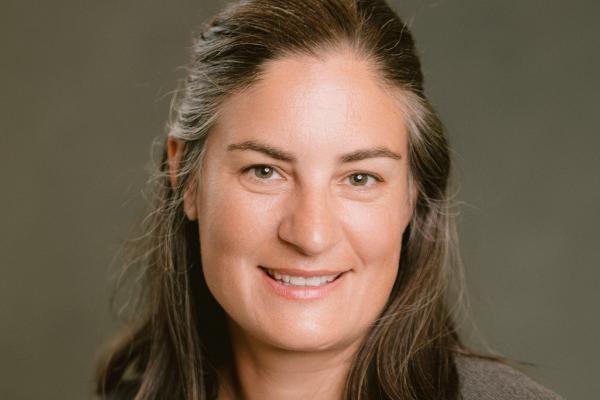
Prof. Amy Connolly awarded single-PI NSF grant
Prof. Amy Connolly was awarded a single-PI NSF grant entitled “Precision Ultra-High Energy Neutrino Astrophysics and New Signatures Enabled by a Complete Treatment of Birefringence in Antarctic…
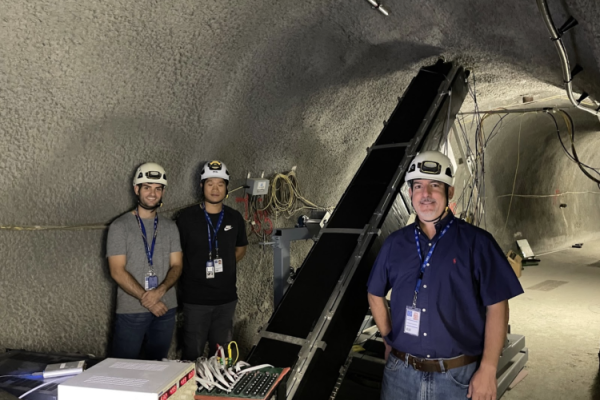
MilliQan is getting ready to have a look at the dark
This October, the first component of the milliQan detector has been installed on top of the CMS experimental cavern, and it is now taking data at the high energy of LHC RUN3.
The milliQan…
